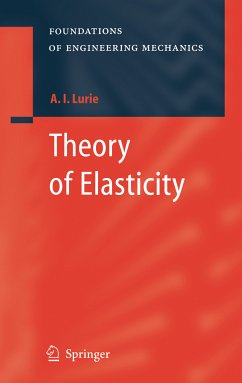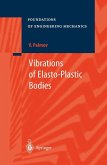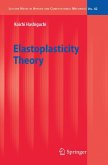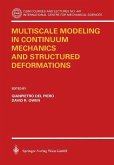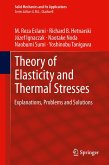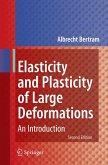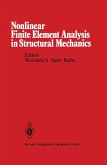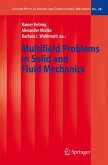This invaluable treatise belongs to the cultural heritage of mechanics. It is an encyclopaedia of the classic and analytic approaches of continuum mechanics and of many domains of natural science. The book is unique also because an impressive number of methods and approaches it displays have been worked out by the author himself. In particular, this implies a full consistency of notation, ideas and mathematical apparatus which results in a unified approach to a broad class of problems. The book is of great interest for engineers who will find a lot of analytical formulae for very different problems covering nearly all aspects of the elastic behavior of materials. In particular, it fills the gap between the well-developed numerical methods and sophisticated methods of elasticity theory. It is also intended for researchers and students taking their first steps in continuum mechanics as it offers a carefully written and logically substantiated basis of both linear and nonlinear continuum mechanics.
Dieser Download kann aus rechtlichen Gründen nur mit Rechnungsadresse in A, B, BG, CY, CZ, D, DK, EW, E, FIN, F, GR, HR, H, IRL, I, LT, L, LR, M, NL, PL, P, R, S, SLO, SK ausgeliefert werden.

